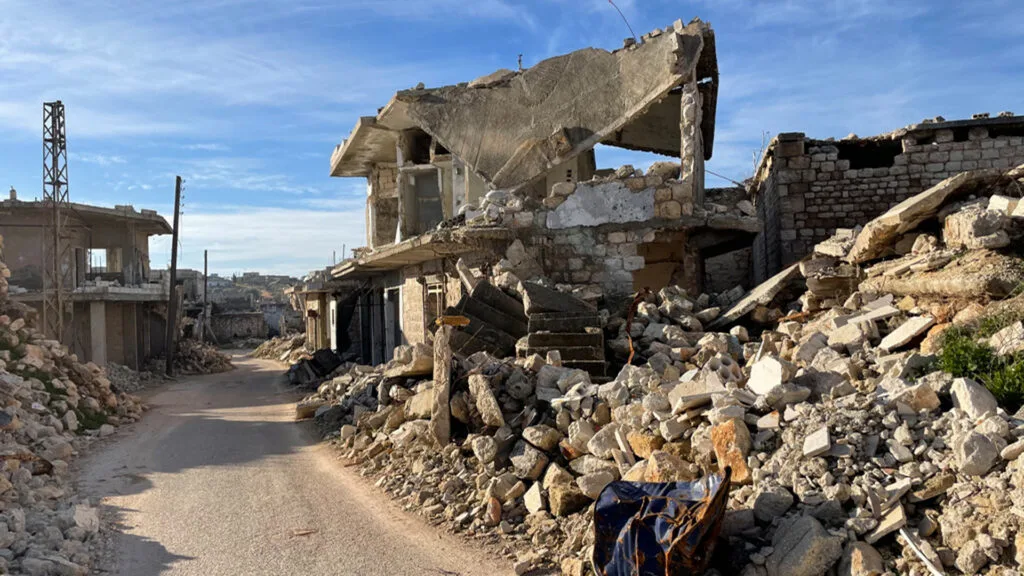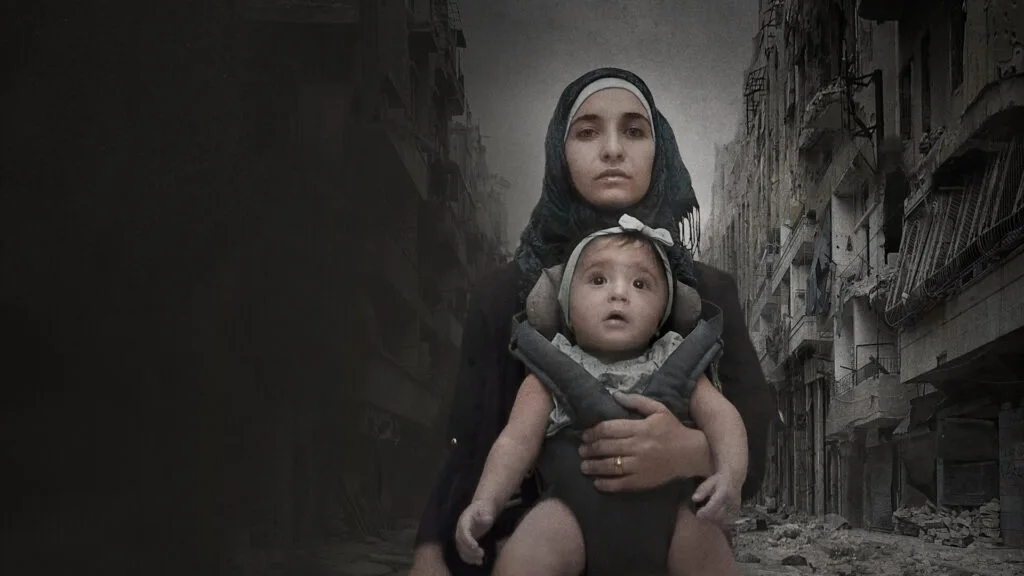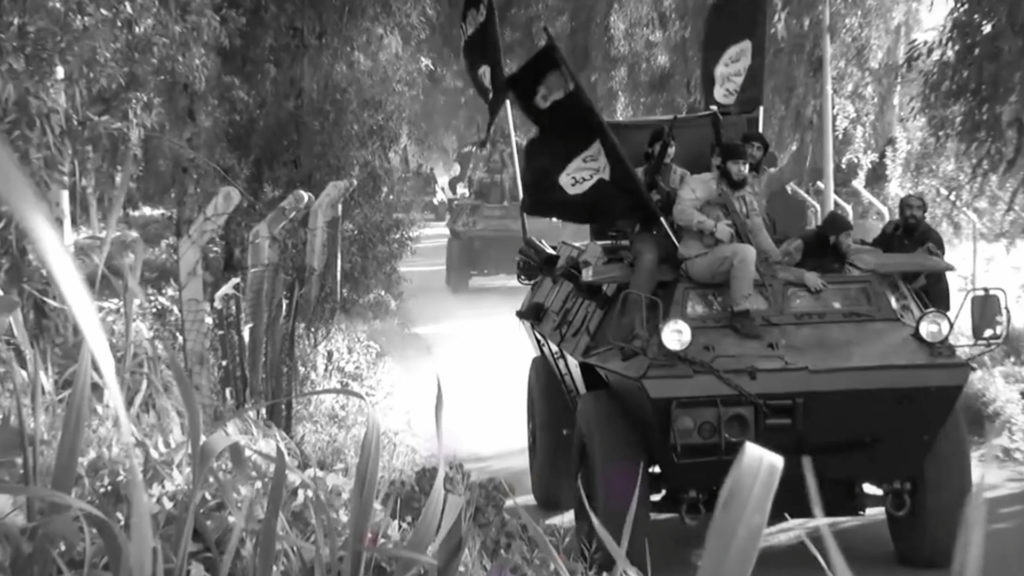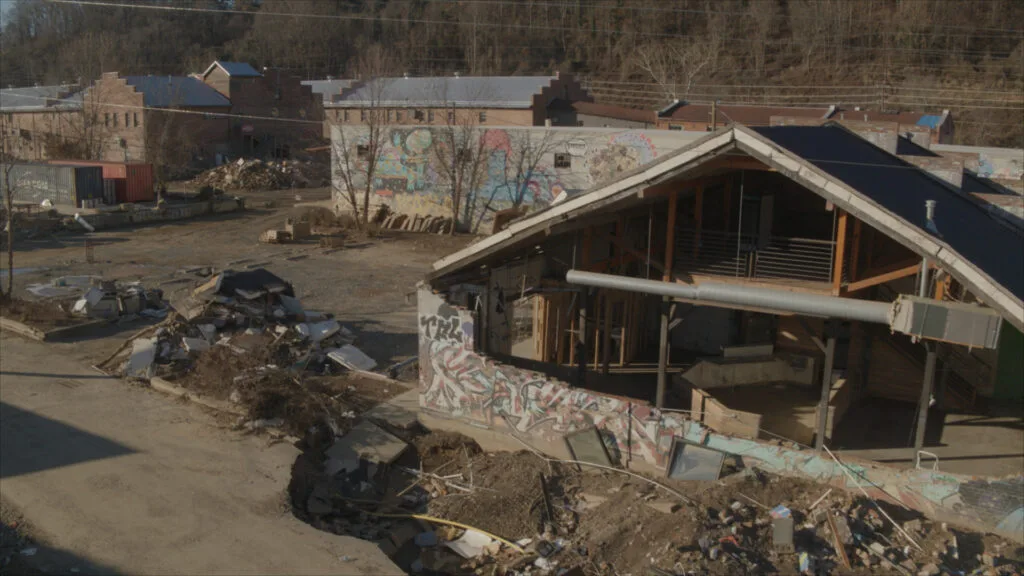Report Finds Syria’s Children Dying From Lack of Basic Care
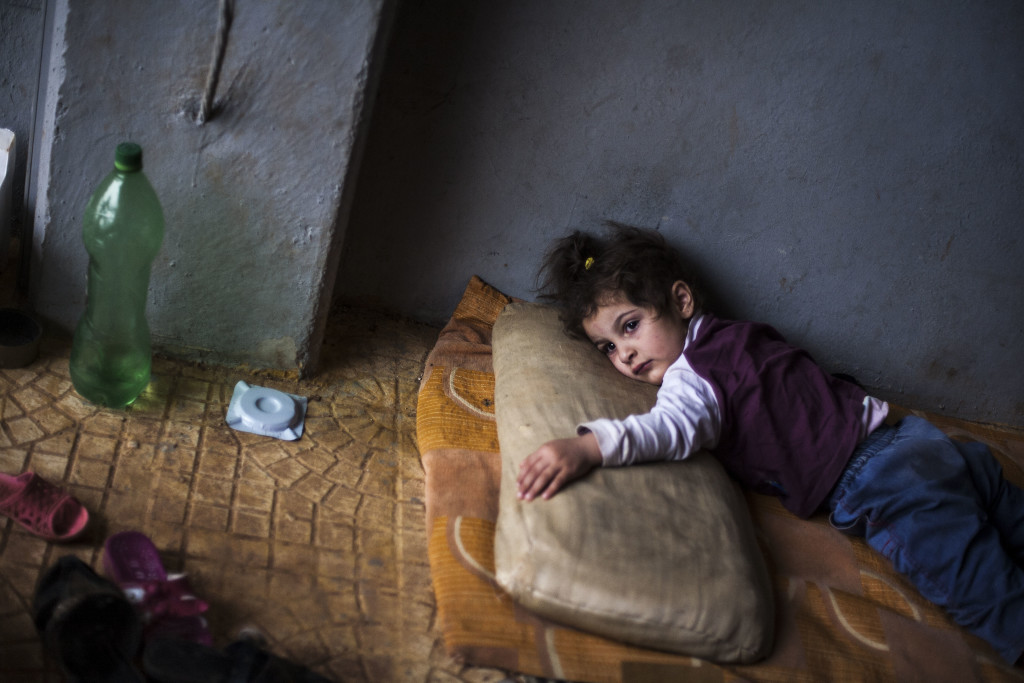
March 10, 2014
Share
With Syria’s civil war about to enter into its fourth year, a troubling new report implicates the nation’s shattered health system in thousands of otherwise preventable child deaths.
The findings follow a recent United Nations investigation that found that Syrian children have been used as human shields, shot at by snipers, jailed by the regime and in some instances summarily executed by the opposition.
But as Save the Children notes in a new report, “It is not just the bullets and the shells that are killing and maiming children. They are also dying from the lack of basic medical care.”
Across Syria, an estimated 60 percent of hospitals and 38 percent of primary health facilities have been damaged or destroyed, according to Save the Children. Drug production is down by roughly 70 percent, and nearly half of all doctors have fled the country. In the besieged city of Aleppo there should be 2,500 doctors, but according to the study, just 36 remain.
The findings offer a grim portrait of a medical community struggling to adjust. In Aleppo, “homes are being used as makeshift hospitals, even turning living rooms into operating theatres.” Such scenes have become commonplace in the city, as FRONTLINE found in the recent investigation, Children of Aleppo.
Elsewhere in the country, investigators found children having to have limbs amputated because clinics lack the necessary equipment to treat their injuries. The report cited examples of parents arriving at empty hospitals, forced to attach intravenous tubes to children themselves. In more extreme cases, newborn babies were reported to have died in their incubators due to power shortages.
Preventive care has likewise suffered, with vaccination rates plummeting from 91 percent before the war to 68 percent a year after the conflict began. “This rate is likely to be far lower today,” the study found, as evidenced by spikes in deadly diseases such as measles and meningitis.
The report concluded that given the lack of basic care in Syria, including access to routine vaccinations, “increasing numbers of children are suffering and dying from diseases that would previously either have been treated or prevented from taking holding in the first place.”

Related Documentaries
Latest Documentaries
Related Stories
Related Stories
Explore
Policies
Teacher Center
Funding for FRONTLINE is provided through the support of PBS viewers and by the Corporation for Public Broadcasting. Additional funding is provided by the Abrams Foundation; Park Foundation; the John D. and Catherine T. MacArthur Foundation; and the FRONTLINE Trust with major support from Jon and Jo Ann Hagler on behalf of the Jon L. Hagler Foundation, and additional support from Koo and Patricia Yuen. FRONTLINE is a registered trademark of WGBH Educational Foundation. Web Site Copyright ©1995-2025 WGBH Educational Foundation. PBS is a 501(c)(3) not-for-profit organization.


